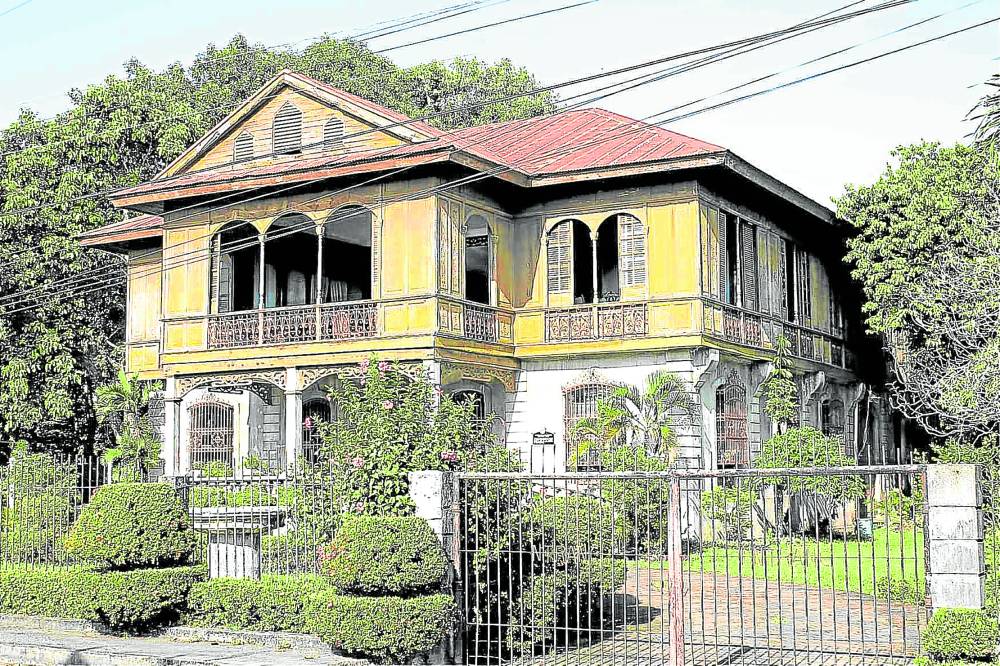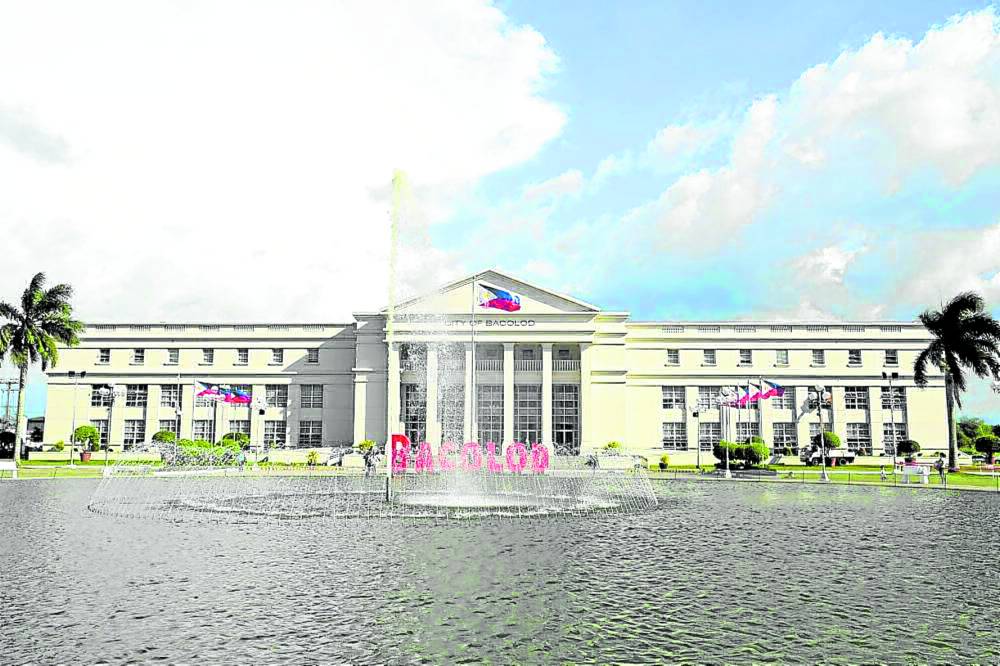Upon arriving at the Bacolod-Silay Airport, it’s easy to say that you’re finally in the land of smiles, sugarcane-lined roads, and rich architecture that perfectly captures the passing of time.
Inside the luxurious life of a 19th-century sugar baron

While the Balay Negrense is classified as the Spanish era’s bahay na bato, it also features American colonial elements.
While the Balay Negrense is generally classified as the Spanish colonial era’s bahay na bato, it also features American colonial elements that make the structure a unique fusion of Spanish and American influences.
For instance, its lower story is made of concrete instead of stone; its upper level is made of wood covered with a galvanized iron roof instead of tile. Foundation posts and floorboards are from the same trunks of the balayong tree, a type of hardwood local to Silay City in Negros Occidental. Such a fusion of styles—the retention of the aesthetics of Spanish colonial architecture and the incorporation of building technology of the Americans—is an interesting match. After all, the bahay na bato is an excellent integration of tropical design.
Meanwhile, the now concrete walls and galvanized iron roofing are more commercially available and forgiving to the storm- and earthquake-prone Philippines.
The Taj Mahal of Negros
The Ruins sits on a 440-ha sugar plantation and is regarded as the Taj Mahal of Negros. (File photo)
India’s Taj Mahal has long been a symbol of everlasting love. In Talisay City, however, there lies another gigantic symbol of love, so iconic that it earned the term the “Taj Mahal of Negros.”
Located in Talisay City in Negros Occidental, “The Ruins” is an ancestral mansion of the family of Don Mariano Ledesma Lacson and his late wife, Cora Maria Osorio Rosa-Braga Lacson. The mansion sits on a 440-ha sugar plantation. The actual concrete structure was inspired by Italian architecture with its intricate arcades, balustrades, and neo-Romanesque columns.
An ideal site for adaptive reuse
The Hofilena Ancestral House has become a repository of the private art collection of Ramon H. Hofileña. (File Photo
What makes adaptive reuse phenomenal is that it can give a new purpose to historical buildings while retaining their unique architectural beauty.
The Maria Ledesma Golez Heritage House has since become a local tourist attraction while also being an integral part of the city’s banking economy | Wikimedia Commons
The Maria Ledesma Golez Heritage House in Silay City is what heritage conservation experts call as one of the leading examples of architectural or adaptive reuse. Intricate lion heads and Art Deco elements ornate the ancestral house, which ideal for accommodating a local bank. The structure has since become a local tourist attraction while also being an integral part of the city’s banking economy.
A sweet ode to the past
A significant number of Negros Island’s heritage structures are traditional heritage houses occupied by mega-rich sugar barons. It shows the persevering power of the sugarcane industry on the island, evident in the vast lands with its lavish homes, whose architectural styles seem to flow with the passage of time.
The author (www.ianfulgar.com) is one of the premium architects in the Philippines who assists local and international clients in enhancing hotels, condominiums, museums, and commercial and mixed-use township developments with distinctive and forward-thinking design specialties for the real estate industry


